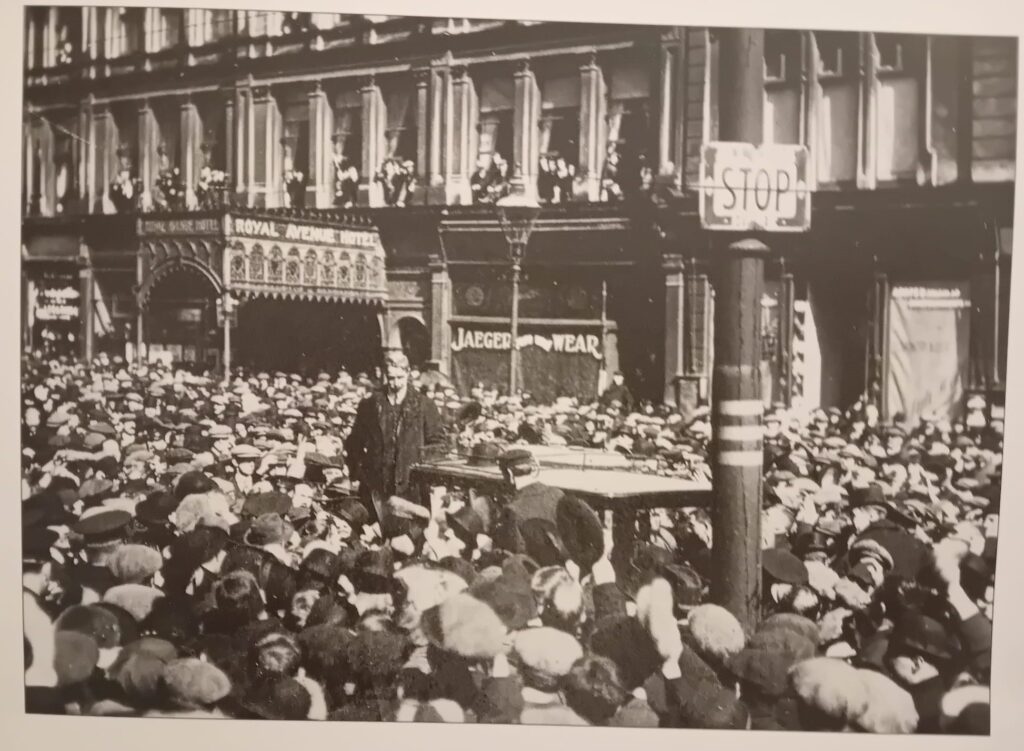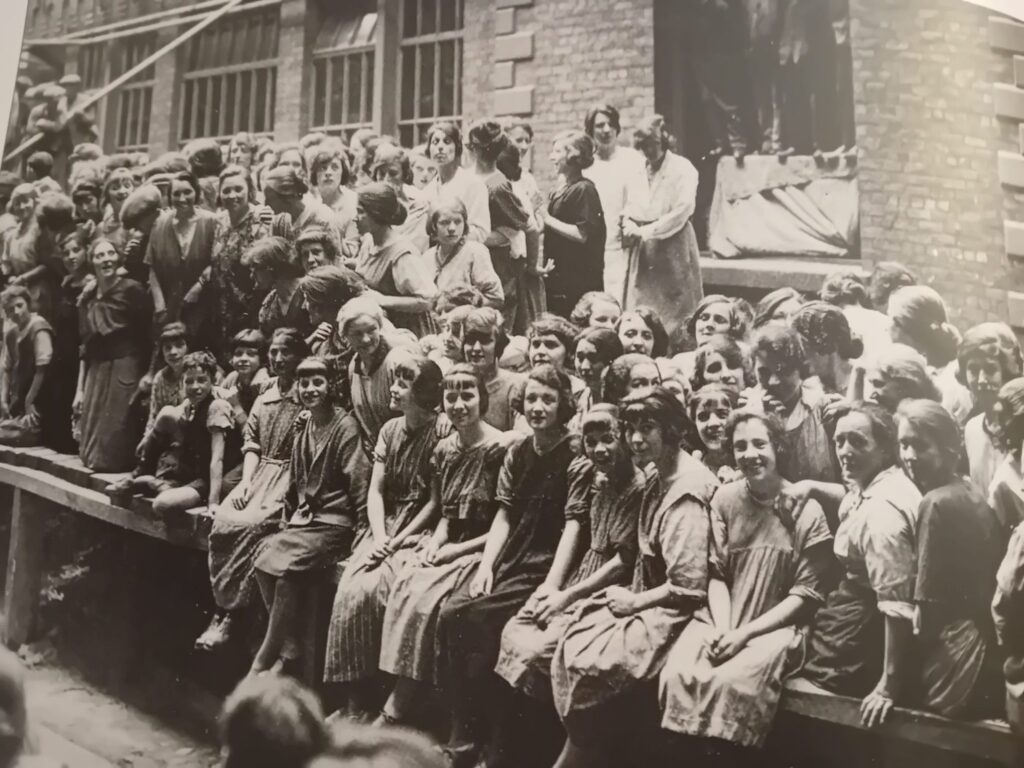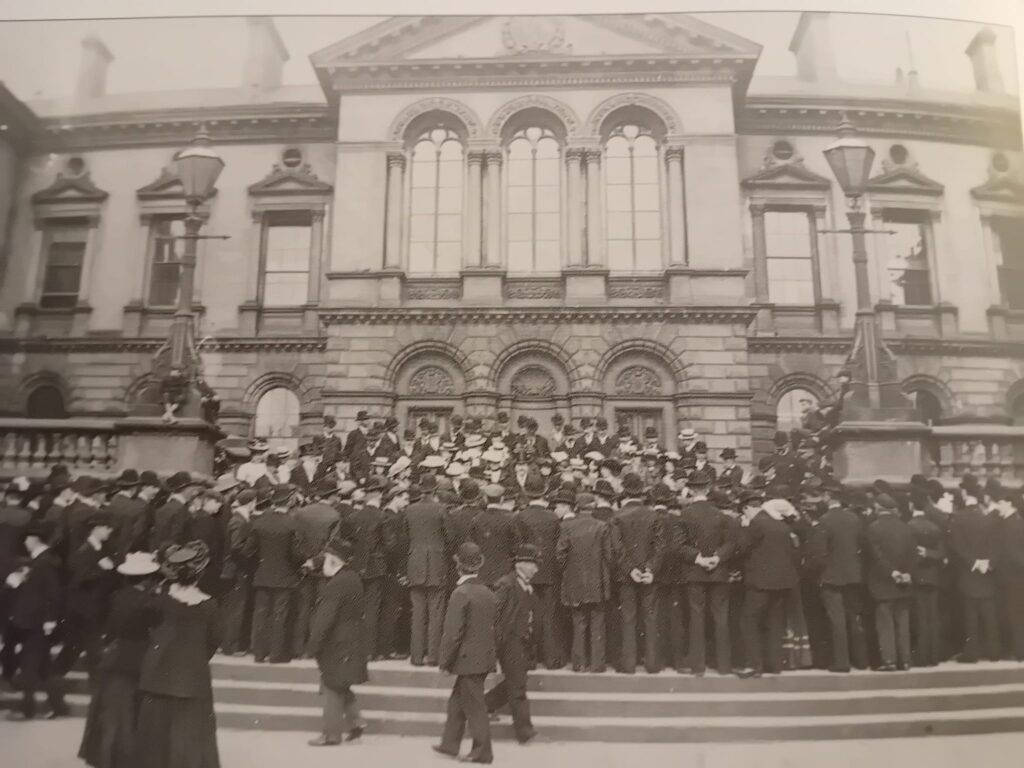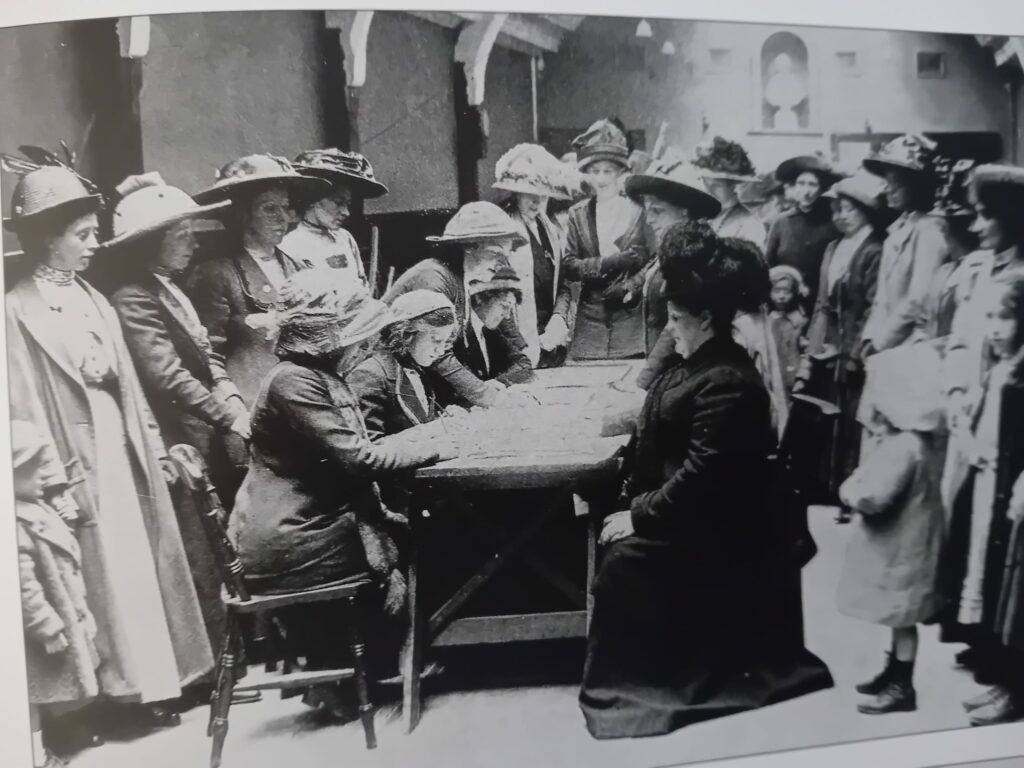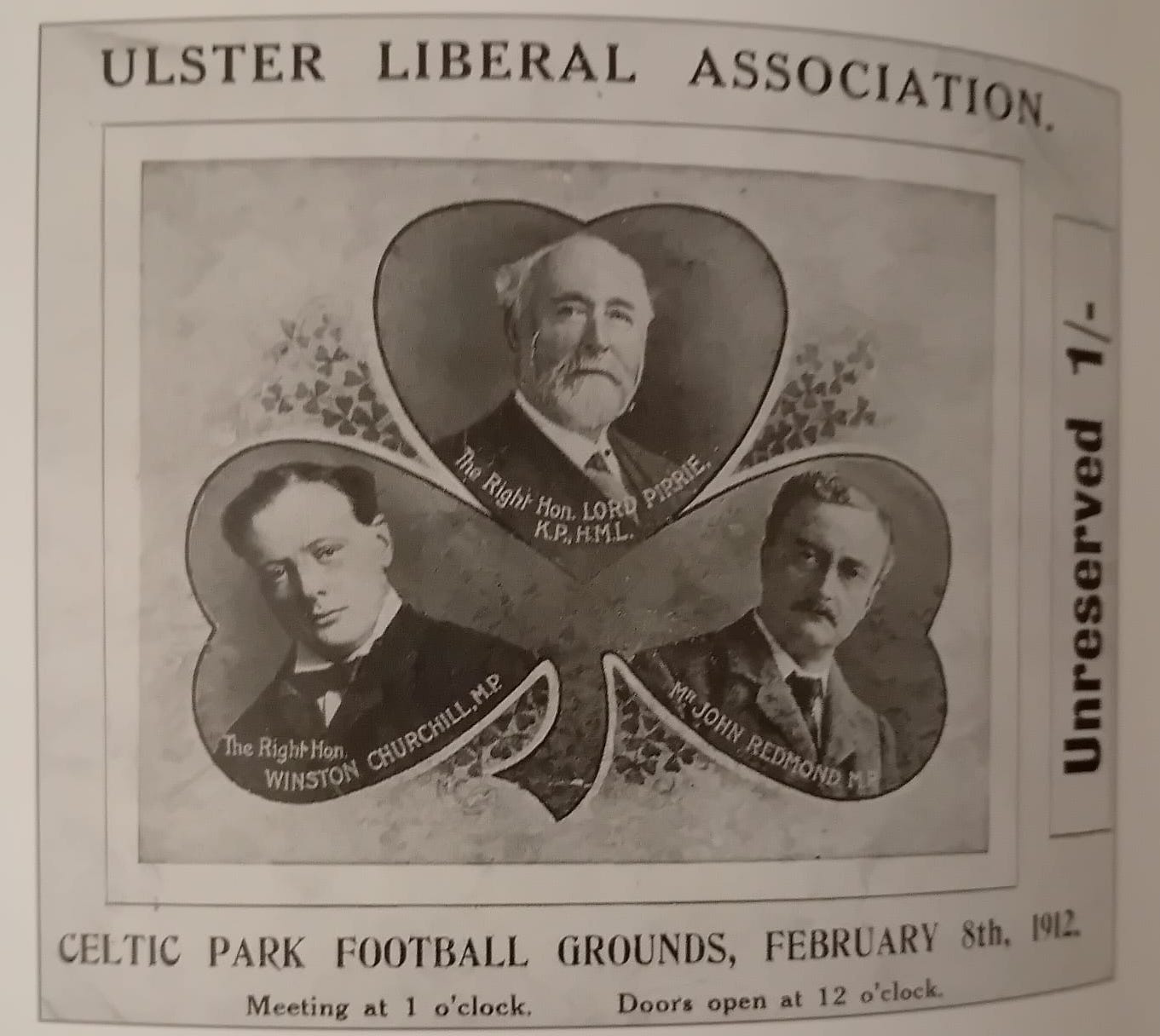Writing Belfast Song

Belfast Song had its origins in a Short Story BROTHERS IN ARMS, which was published in Mslexia in December 2014. It is from this story that the novel began to develop.
I wrote the story as the assignment for History and Creative Writing, the last module of the creative writing course on which I’d enlisted. I’d decided to use this opportunity to write a short story, based on a memory of an incident that my Great-Aunt Nan had recounted. It concerned the Black and Tans* who were recruited to augment the Royal Irish Constabulary from June 1920 to July 1921. She described them running down the street shooting into houses. Further research led me to newspaper reports from The Irish News, a Belfast based daily newspaper and my story drew on these accounts.
[* for further information, a Google search of Black and Tans will list a range of articles including this one from The Irish Times: Black and Tans: ‘Half-drunk. whole-mad’ and one-fifth Irish by Diarmaid Ferriter. I thought the title summed it up.]
After completing the course, I’d entered a competition organised by the first incarnation of The Writers Workshop, a Sheffield based resource. Based on a submission of a selection of short stories, I was awarded 20 hrs mentoring from Bryony Doran. Bryony was and is generous with her time. During her mentorship, I redrafted the story that I’d previously submitted for my final module, a further 12 times. I mention this because that’s when I learned the importance of redrafting and redrafting and redrafting to the point where it might be only one change to one sentence. That was the version that was published in Mslexia.
At that time, writing was squeezed between full-time work and parenthood. I never imagined writing a novel. However, characters have a life of their own and the narrator of Brothers in Arms had a bigger story she wanted to tell. Eventually, I found myself conceiving the idea of a novel which would span from 1911 to 1922. However, by the time I’d reached the end of WW1, I realised I was running out of steam, so I ended the novel at 1919. Up until the creation of the Irish Free State in December 1922, all Ireland was under British rule. Northern Ireland did not exist as a separate entity. It was therefore important to cover major events in Ireland which would have had an effect on Belfast and on its nationalist community.
Five years, further research, and five further drafts later, I’m ready to publish Belfast Song.
The Research Paper and Three Books that inspired and informed me in writing of Belfast Song
Sitting in Belfast Central Library sometime in the early 2010’s and at the beginning of my research into Belfast in the 1910’s, I came across a paper by Dr. Margaret Ward which she presented to the Irish Labour History Annual Conference in 1981. In The Irish Women’s Workers Union, I read that when James Connolly was a trade union organiser in Belfast, he became involved in helping women mill workers in a dispute with their employer. That inspired my imagination to create the opening chapters of Belfast Song.
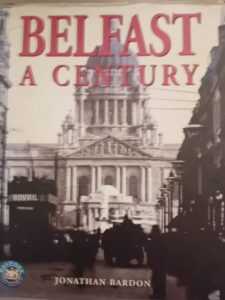
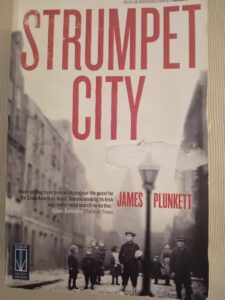
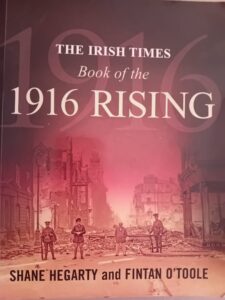
Photos
Other characters and scenes were inspired by animals, people or events that I encountered.
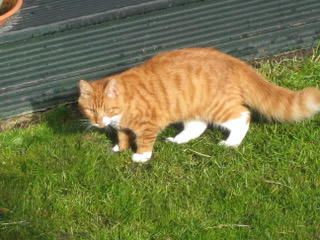
Rory the cat
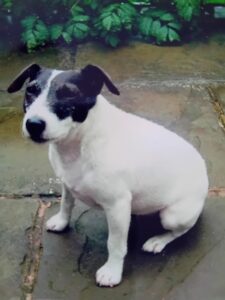
Pepsi the Dog

